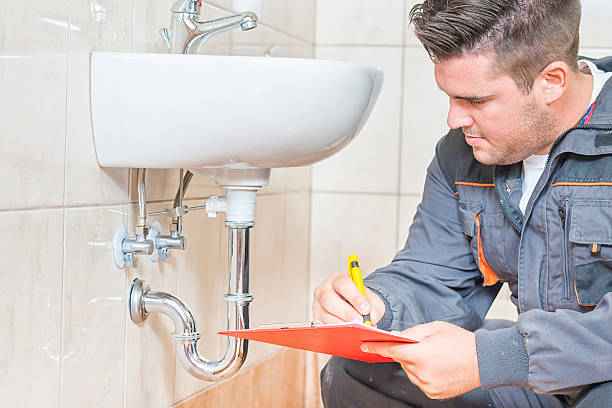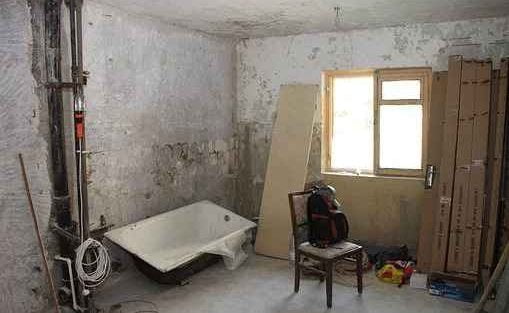Last updated on March 27th, 2024 at 11:18 pm
There are many ways to reduce waste, but starting at home is one of the most crucial steps. Reducing waste at home is one of the best things we can do to protect the environment. It assists in preserving natural resources, cutting down on pollution, and conserving energy. It can also save money on the garbage bills. This small change can make a big difference.
In this article, we will provide several tips and tricks for reducing waste at home.
Table of Contents
Understanding Household Waste
Household waste is generated from homes and other residential buildings. It includes various materials, such as food scraps, paper, cardboard, plastic, metal, glass, and textiles.
The increase in the global population is directly correlated with a surge in waste production. Projections from The World Counts indicate that by the year 2050, household waste will surge by a staggering 70%. It is estimated to reach an annual total of 3.4 billion tons.
It means that the waste generation rate is set to surpass the population growth rate by more than twice as much.
Household waste makeup varies based on economic development, climate, and waste management services availability. Household waste can have a significant impact on the environment. When waste is not properly managed, it can pollute the air, water, and soil. It can also attract pests and rodents and contribute to the spread of disease.
Practical Tips for Waste Reduction
Reducing waste at home doesn’t require a complete lifestyle overhaul. Small, consistent changes can yield significant results.
Start by embracing recycling and understanding your local programs. Make sure to sort and recycle materials like paper, cardboard, glass, plastics, and aluminum to reduce landfill waste.
Composting food scraps and yard waste enriches soil and lessens methane emissions. Opt for bulk purchases with reusable containers to minimize packaging waste, and make a conscious effort to replace single-use plastics.
Practice mindful consumption, repair, and reuse items when possible, and reduce food waste. You can also do it by planning meals and creatively using leftovers. Responsibly manage electronic waste through recycling or donation and safely dispose of hazardous materials by finding local collection programs.
Lastly, share your waste reduction knowledge to inspire friends and family to join in creating a cleaner planet.
Creating a Household Waste Reduction Plan
To achieve meaningful waste reduction at home, you should develop a well-thought-out plan tailored to your household’s needs. It can also help you to be more mindful of your consumption habits and to make more sustainable choices.
To embark on your waste reduction journey, start by setting clear goals. Define what you aim to achieve: cutting waste by a percentage or composting all food scraps. Assess your current habits to pinpoint waste sources. Then, create a plan based on this assessment, altering shopping, opting for reusables, repairing, and decluttering. Lastly, track progress to stay motivated and refine your approach as necessary.
Statista reports that the annual recycling rate remains below 20%, leading to significant waste ending in landfills. Hazardous open dumpsites are prevalent, particularly in developing nations. Despite generating more waste, affluent nations excel in managing it due to their advanced waste management systems, surpassing less affluent nations.
Connecting with Local Recycling & Dumping Locations
Many communities offer curbside recycling services, making recycling paper, cardboard, plastics, and more convenient. Check with your local government or waste management authority to understand what’s accepted and how to participate. Remember that fees may apply for certain types of waste or large quantities.
Locate nearby drop-off points for items that aren’t accepted in curbside programs, like electronics or hazardous materials. These facilities are equipped to handle specialized waste and can guide you on proper disposal methods.
You can also investigate your local landfill or transfer station. However, landfill dumping is not free. Workiz data reveals that landfill disposal fees in the United States fluctuate by state, with an average of approximately $30 per ton.
Many municipalities provide free or low-cost disposal options for household waste. If you’re still wondering, you can search online asking, “Where can I dump my trash for free?” or contact your local authorities. Many cities and towns have websites listing the area’s recycling and dumping locations. You can also contact your local government directly to ask for this information.
Teaching Sustainable Habits to Children
By instilling eco-conscious values in children, we empower them to make informed choices that can shape a more sustainable future.
To instill sustainable habits in children, lead by example by modeling recycling, energy conservation, and waste reduction. Engage them in hands-on activities like gardening and composting. It will deepen their connection with the environment. Explain the ‘why’ behind sustainability, emphasizing its benefits for the planet and future generations.
Also, make it enjoyable with eco-friendly games and explore environmental themes through books and storytelling. Finally, engage in local conservation efforts and cleanup events to provide hands-on learning about environmental challenges.
Forbes published that Nielsen’s survey reveals millennials are more inclined than baby boomers to change behaviors to reduce environmental impact. Also, Generation Z, set to become the predominant generation, shares equal, if not greater, concerns about sustainability compared to millennials.
These statistics underline the importance of teaching children sustainable habits for the environment’s benefit.
Overcoming Common Challenges
Overcoming common challenges on the path to a cleaner planet involves addressing issues like convenience conflicting with sustainability. While fast food and single-use items may seem easier, seeking sustainable alternatives and gradual habit adjustments can help bridge the gap.
Community advocacy may be needed for limited recycling access and mutual encouragement, plus celebrating small sustainable wins, can combat resistance to change.
Many people are unaware of the environmental impact of their choices. Educating yourself and others is key. According to Mastercard, a study spanning 24 countries in 2021 found that only 58% of adults are increasingly conscious of their environmental impact.
Related Articles:
Unlocking The Beauty Of Indoor Fountains
Choosing the Right Pool Size and Shape for Your Home
To Conclude
Our homes serve as a vital battleground in pursuing a cleaner, more sustainable planet. In the article above, we have discovered how individuals and families can make a tangible difference in reducing waste.
Every choice we make within our homes has a ripple effect, impacting the immediate surroundings and the entire planet. Keep in mind that small actions, when multiplied, can result in substantial change. So, let’s continue to strive for a cleaner planet, one thoughtful choice at a time.







